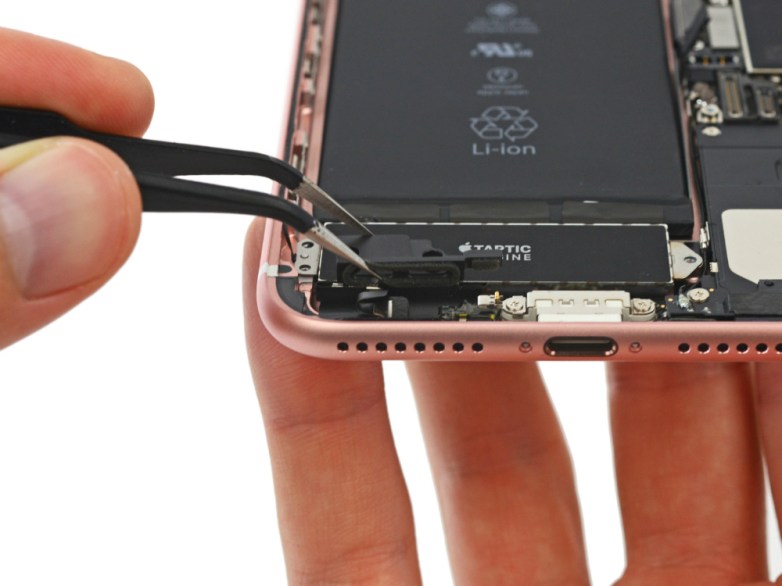The iPhone 8 will be released in about a month but we already know what it’ll look like thanks to a recent Apple leak that confirmed all the design renders we’ve seen lately. It’ll be an all-screen device like no other smartphone out there. Sadly, it’ll also feature an unsightly notch at the top, which we’ll have to live with for at least a year. It’s a design compromise Apple simply could not avoid, however, and in this post I’ll tell you why.
Apple isn’t the only company making all-screen devices, but it’s certainly determined to completely remove the top and bottom bezels, which is something no other company has done so far with a widely available smartphone. Even upcoming new phones can’t seem to get the job done — a leak from Weibo shows us a purported Sharp Aquos smartphone that has no top notch, but it still features a big bottom bezel:

Why didn’t Apple go for this solution? Not because it couldn’t do it, but because it probably wasn’t worth it.
Placing a selfie camera on the bottom of the iPhone would be possible. But the camera assembly of the iPhone 8 is huge. It contains the regular FaceTime camera and the cameras used by the new 3D facial recognition system. Furthermore, it also contains sensors and a speaker. In fact, the front-facing sensor array’s size is probably what forced Apple to change the orientation of the rear camera.

A front camera positioned on the bottom of the phone also means that Apple would have to move its second speaker and the Taptic Engine. Again, Apple could do this. But moving parts like that would have an unwanted side-effect: it could reduce battery size.
With every new iPhone, Apple is looking to deliver better features, improved performance, and good battery life. The iPhone 8 is already rumored to feature a smaller logic board in order to increase its battery size.

Dropping the home button and headphone jacked allowed Apple to recover some internal space for extra battery juice. Reducing the size of the logic board serves the same purpose. Now, moving internal components from the top to the bottom of the phone would definitely impact the size of the battery. After all, every cubic millimeter of internal space counts.
So yes, Apple could have designed a phone like the Sharp model in the picture above. And it may have such prototypes in its labs. But it probably had to ditch those ideas to prevent any major internal changes that would’ve affected the phone’s battery performance. What’s more, burying the ear speaker beneath the screen or on the top edge of the phone is fine for a device that practically no one will buy, but Apple has to manufacture tens of millions of iPhones. Right now, manufacturing a device like that at the scale Apple needs is impossible.
In the future, we may indeed see an all-screen iPhone with no bezels. We just have to wait for Apple to perfect the screen technology that allows it to place the front cameras and sensors under the display. We also need the manufacturing capabilities to mass-produce it at scale. When all that happens, we’ll finally get the iPhone design we’ve all been waiting for.







